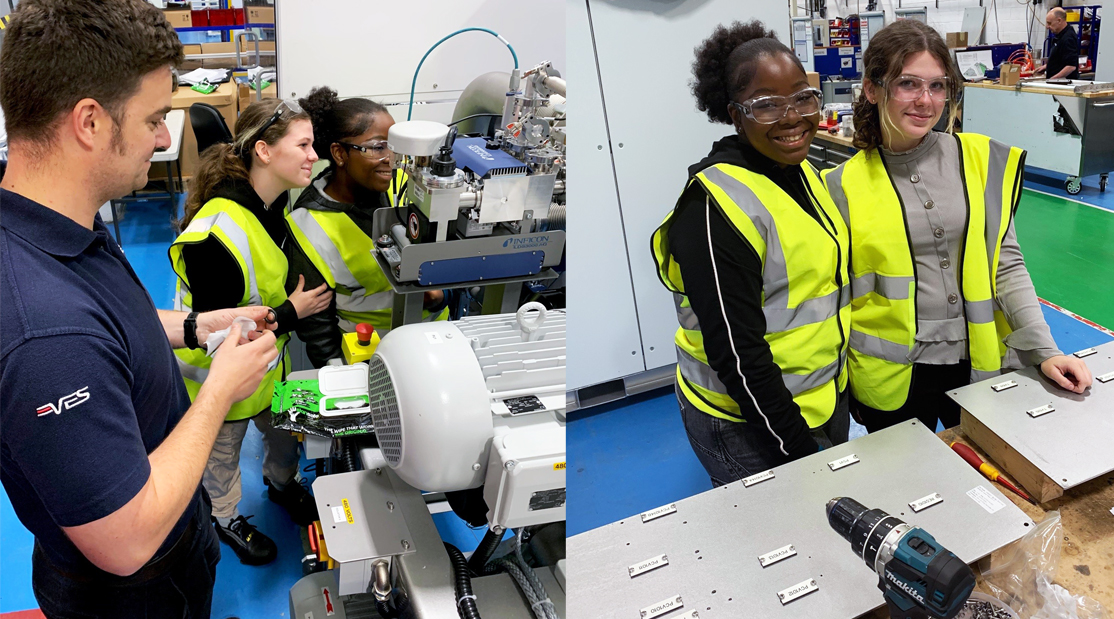As the use of lithium-ion batteries continues to grow in popularity and importance in various industries, including automotive, energy storage, and consumer electronics, it is important to ensure that these batteries are safe and reliable. In order to achieve this, many countries and organisations have established safety standards and regulations for battery cells.
In this article, we will provide an overview of some of the most common battery cell safety standards and regulations around the world.
UN Manual of Tests and Criteria
The United Nations (UN) has established the Manual of Tests and Criteria to set standards for the safe transportation of dangerous goods, including lithium-ion batteries. The manual outlines a series of tests and requirements that batteries must meet in order to be considered safe for transportation.
IEC 62133
The International Electrotechnical Commission (IEC) has established safety standards for batteries in consumer electronics through IEC 62133. The standard outlines requirements for batteries to meet safety criteria such as electrical, mechanical, and environmental safety.
UL 2054
The Underwriters Laboratories (UL) has established safety standards for batteries used in various applications, including consumer electronics, energy storage, and automotive. UL 2054 outlines safety requirements for batteries, including electrical, mechanical, and environmental safety.
ISO 12405
The International Organization for Standardization (ISO) has established standards for lithium-ion batteries used in electric vehicles through ISO 12405. The standard outlines requirements for batteries to meet safety criteria such as electrical, mechanical, and environmental safety.
JIS C 8714
The Japanese Industrial Standards (JIS) has established safety standards for lithium-ion batteries used in various applications through JIS C 8714. The standard outlines safety requirements for batteries, including electrical, mechanical, and environmental safety.
GB/T 31467.3
The Chinese National Standard (GB/T) has established safety standards for lithium-ion batteries used in electric vehicles through GB/T 31467.3. The standard outlines requirements for batteries to meet safety criteria such as electrical, mechanical, and environmental safety.
These are just a few examples of the many battery cell safety standards and regulations that exist around the world. Battery manufacturers must ensure that their products meet the safety standards and regulations in the countries and regions where they plan to sell their products.
In addition to the standards and regulations set by individual countries, there are also international standards that govern battery cell safety. One such standard is the UN Manual of Tests and Criteria, which outlines a series of tests that battery cells must pass in order to be considered safe for transport.
The UN Manual of Tests and Criteria includes a range of tests that evaluate the safety of battery cells in a variety of scenarios, such as impact, overcharging, short-circuiting, and exposure to high temperatures. Battery cells must pass these tests in order to be classified as UN 38.3 compliant and allowed for transport.
Another important international standard is the IEC 62619, which sets guidelines for the safety of secondary lithium-ion cells and batteries for use in energy storage systems. The standard includes guidelines for the design, construction, and testing of battery cells, and covers topics such as overcharging, overdischarging, short-circuiting, and thermal runaway.
In addition to these standards, many countries have also established their own certification programs for battery cells. For example, in the United States, the Underwriters Laboratories (UL) offers certification for lithium-ion batteries through its UL 1642 standard. This standard evaluates the safety of battery cells in terms of their electrical, mechanical, and thermal characteristics, and also includes a series of tests for fire and shock resistance.
Ultimately, it is the responsibility of battery cell manufacturers to ensure that their products meet all applicable safety standards and regulations. By working closely with regulatory agencies and testing their products thoroughly, manufacturers can help to ensure the safety and reliability of battery cells for use in a variety of applications, from electric vehicles to renewable energy storage systems.
At VES, we are committed to helping battery cell manufacturers meet these standards through our state-of-the-art leak testing equipment and expertise. By using our CellCheck machine to thoroughly test battery cells for leaks, manufacturers can ensure that their products meet the highest safety standards and are ready for use in a wide range of applications.




